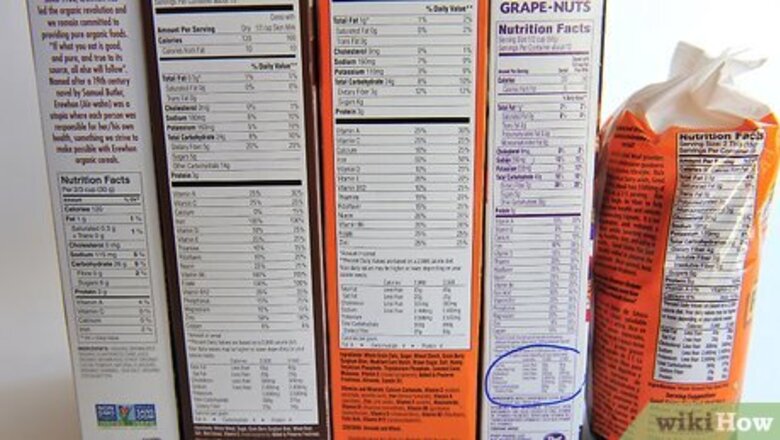
views
Read the label.[1] X Expert Source Theresa Fitzpatrick, LMSWCertified Holistic Health Coach Expert Interview. 23 August 2021.
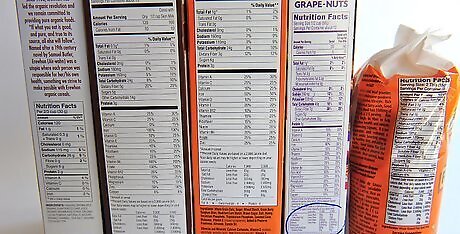
Remember that everyone's nutritional needs are different. Consider reading both the nutrition facts and the list of ingredients. See How to Read Nutrition Facts on Food Labels for more information. Some consumers, for example, are very concerned about avoiding high-fructose corn syrup. Reading the ingredients can also tell you what kind of oil (such as canola, soy, or palm) is used in the food. Read the nutrition facts to find foods that meet your nutritional needs. Some people need to lose weight and eat low-calorie foods; other people need to gain weight and eat high-calorie foods. Some people have digestive disorders and need to increase or decrease their intake of fiber.
Choose foods with good fats.
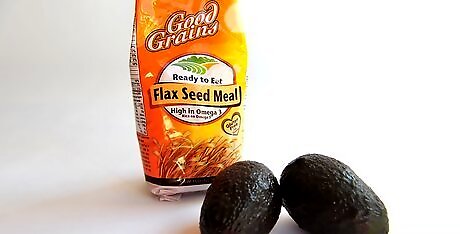
Cutting fat will certainly help you cut calories, but make sure that you are getting enough of the good fats, such as monounsaturated fats and essential fatty acids, including omega-3 and omega-6 fatty acids. Olive oil, canola oil, fatty fish, nuts, seeds, and legumes are sources of good fats that may benefit lipid profiles. Low-fat peanut butter (such as Better ‘n Peanut Butter) gives you fewer calories, but you miss out on good fats. Bad fats include long-chain saturated fatty acids and trans fat. Limiting bad fats is particularly important for individuals with heart disease or risk factors for heart disease. Remember that a gram of fat has nine calories, but food labels usually round the numbers. For a food with two grams of fat, the label may read, “Calories from fat: 20,” although the fat actually contributes eighteen calories.
Look at protein content.
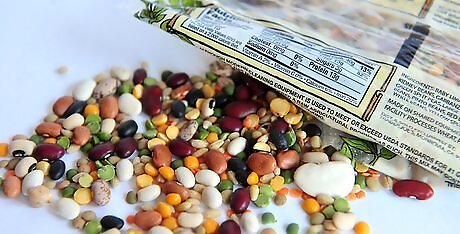
Some people are not getting enough protein; some people are getting too much. Protein helps build muscles, repair cells, and form hormones, such as thyroxine from tyrosine or serotonin from tryptophan. Athletes need a high protein intake to maintain their bodies. Unfortunately, too much protein is hard on the kidneys.
Prefer complex carbohydrates to simple, and prefer whole grains to refined.
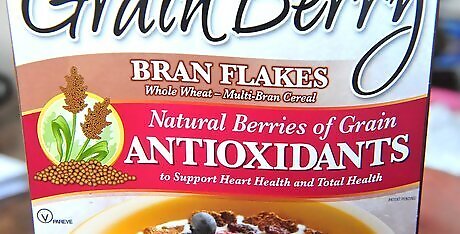
Complex carbohydrates are starches and take more effort to break down than simple carbohydrates (a.k.a. sugars), stabilizing your blood sugar. Whole grains help keep your blood sugar more stable than refined carbohydrates. Athletes consume carbohydrates for energy; they call it “carb loading.” Carbohydrates are the body’s principal source of energy, but if you choose to follow a low-carbohydrate diet, fats and proteins can also be used for energy.
Look at fiber content.
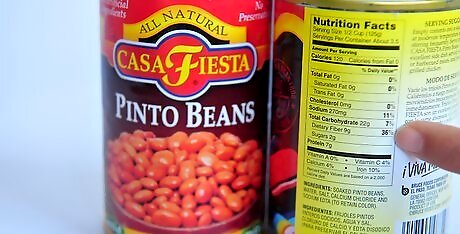
Fiber is a carbohydrate that is incompletely absorbed and can be divided into soluble and insoluble types. The average person gets only about half of the fiber that he needs. A few people have digestive disorders and need to cut fiber, especially insoluble fiber. Soluble fiber dissolves in water and forms a gel that soothes the intestines. It may benefit some people with digestive disorders and relieve diarrhea by slowing the movement of food through the intestines. By contrast, insoluble fiber does not dissolve water and is more difficult for the body to digest. It has a rough texture (which occasionally may be bad for digestive disorders) and helps prevent constipation by moving food through the intestines. Both soluble fiber and insoluble fiber promote regularity by providing bulk to the stool. Fiber may reduce the risk of colon cancer and diabetes by slowing the rise in blood sugar after eating food.
Look for added sugars.
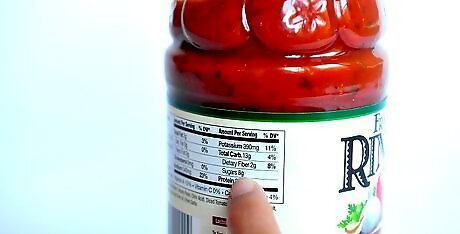
Some healthful foods, such as yogurt and spaghetti sauce, can be quite high in sugar, so look at the sugar content in Nutrition Facts. Remember that many foods contain at least a couple of grams of sugar naturally, so you should also check the ingredients. Sugar goes by many names, including corn syrup and dextrose. Do not be deceived by fruit-flavored products. Before you buy those fruity popsicles or candies, make sure that you are getting real fruit. Fruit-flavored products may not contain any fruit at all; check the ingredients. The term “fruit-flavored” on the product is generally a red flag; the product has been made with the flavors of fruit (which have no nutritional value) and added sugar. Drinking real fruit juice is much better than drinking a fruit-flavored beverage with only ten percent juice.
Check sodium content.[2] X Expert Source Theresa Fitzpatrick, LMSWCertified Holistic Health Coach Expert Interview. 23 August 2021.
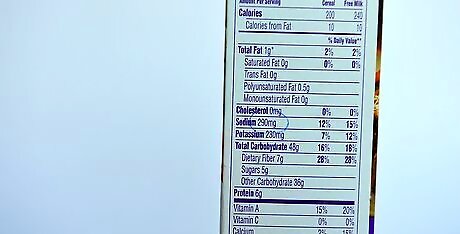
Sodium increases your blood pressure by suppressing nitric oxide, a gas that relaxes the blood vessels. A single side dish, such as sliced potatoes, may use up one-fifth or one-fourth of your allowance for sodium. You can also find no-sodium substitutes for salt at the grocery. Sodium is less of a concern for people who do not have high blood pressure. In fact, athletes may need more sodium because sodium is lost in perspiration. Sodium is a mineral necessary for life.
Look for foods high in potassium.
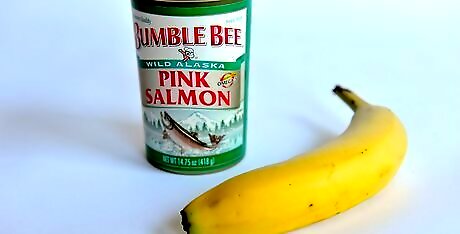
Potassium is especially important to athletes because they lose it through perspiration. Potassium also helps lower blood pressure.
Meet your vitamin and mineral needs.
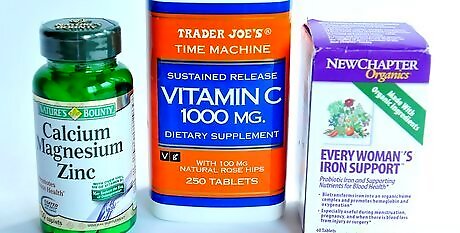
The guidelines are reliable for most people, but there may be times when you need to up your intake of a vitamin or mineral. You may want to add more vitamin C to your diet when you are sick or have a bruise. Some subsets of the population may have different nutrient needs. Nine- to eighteen-year-olds need 1,300 milligrams of calcium. Nineteen- to fifty-year-olds need 1,000 milligrams of calcium. Individuals older than fifty need 1,200 milligrams. Calcium intake should be higher in adolescence to help adolescents build bones and in middle age to help combat the increased risk of osteoporosis.
Limit cholesterol from dietary sources.
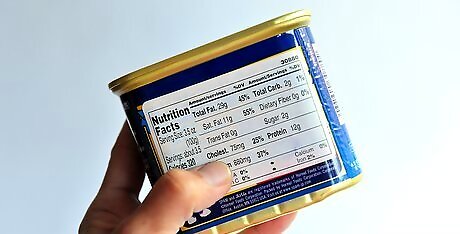
Only animal products contain cholesterol, a fat-like substance that may increase the risk of heart disease by narrowing the arteries. Understand that dietary cholesterol is not the same as serum (your internal) cholesterol, and generally has very little correlation with it. Poor cholesterol metabolism is not aggravated by eating cholesterol-laden foods, except in certain (very rare) cases.

















Comments
0 comment